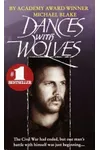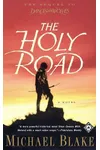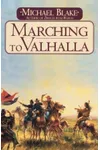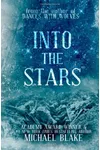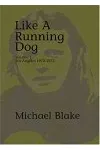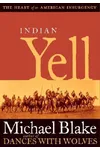Picture an American storyteller who spun tales of the frontier, bringing Native American voices to the forefront—meet Michael Blake! Best known for his novel Dances with Wolves, which became an Oscar-winning film, Blake’s work captured the beauty and complexity of cultural identity with heart and grit. His vivid prose and passion for history made him a unique voice in literature and cinema.
Before his passing in 2015, Blake crafted stories that didn’t just entertain—they challenged readers to see the world through new eyes. Let’s dive into the life of this remarkable author and screenwriter whose words still echo across the plains.
The Making of Michael Blake
Born on July 5, 1945, in Fort Bragg, North Carolina, Michael Blake grew up in a military family, moving often across the U.S. His early years were shaped by a love for storytelling and an fascination with the American West. After studying journalism at the University of New Mexico, Blake drifted through various jobs, including working as a journalist and even a dishwasher, before finding his calling as a writer. His encounters with Native American culture during these years sparked a lifelong passion for their stories, which would define his career.
Michael Blake’s Unforgettable Stories
Blake’s breakthrough came with Dances with Wolves (1988), a novel that followed a Civil War soldier’s transformative journey among the Lakota Sioux. Its rich, empathetic portrayal of Native American life stood out in a genre often steeped in stereotypes. Blake adapted the novel into a screenplay, and the 1990 film, directed by and starring Kevin Costner, won seven Academy Awards, including Best Adapted Screenplay for Blake. The story’s blend of adventure and cultural respect resonated deeply, making it a cultural touchstone.
Beyond Dances with Wolves, Blake wrote other compelling works. His novel The Holy Road (2001), a sequel, continued the story of the Lakota with the same vivid prose and historical depth. Airman Mortensen (1991) explored a young man’s coming-of-age in the military, showcasing Blake’s versatility. His writing style—marked by lyrical descriptions, emotional authenticity, and a knack for capturing marginalized voices—set him apart as a storyteller who championed the underdog.
Blake also penned nonfiction, like Indian Yell (2006), which celebrated the resilience of Native American horsemen. Each work reflected his commitment to historical accuracy and cultural sensitivity, themes that ran through his life’s work.
Why Michael Blake Matters
Michael Blake’s impact stretches beyond his books and screenplays. Dances with Wolves redefined how Native American stories were told in Hollywood, paving the way for more authentic representations. His advocacy for Native American rights and his dedication to environmental causes showed a man who lived his values. Blake’s stories continue to inspire readers and filmmakers to explore the complexities of cultural identity and human connection.
Though he faced personal struggles, including financial hardships later in life, Blake’s legacy endures through his contributions to literature and film. His ability to craft stories that were both entertaining and thought-provoking ensures his place as a beloved figure in American storytelling.
About Michael Blake
- Born: July 5, 1945, Fort Bragg, North Carolina
- Key Works: Dances with Wolves, The Holy Road, Airman Mortensen
- Awards: Academy Award for Best Adapted Screenplay (1990) for Dances with Wolves
- Died: May 2, 2015, Tucson, Arizona
Ready to step into the frontier? Grab Dances with Wolves and immerse yourself in Michael Blake’s soulful, history-rich world!
